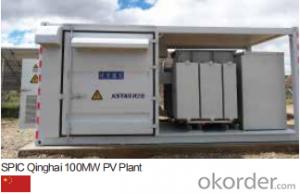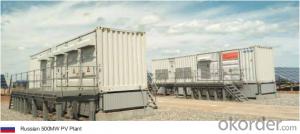Central Grid-Tied High Efficiency PV Inverter GSL1000 / GSL1250
- Loading Port:
- China main port
- Payment Terms:
- TT OR LC
- Min Order Qty:
- 50 pc
- Supply Capability:
- 15000 pc/month
OKorder Service Pledge
OKorder Financial Service
You Might Also Like
Item specifice
Product Description:
★Max. PV voltage up to 1000V Max. 20 DC inputs
★Dustproof protection Modular design for Easy maintenance
★Max. DC/AC ratio up to 1.5 Full power output under 55℃
★AGC/AVC Night SVG function LVRT/HVRT/FRT function
Technical Specifications:


FAQ:
Q:How the output voltage of the PV inverter and the grid-connected voltage are determined
Inverter is the DC power (battery, battery) into alternating current (usually 220V, 50Hz sine wave). It consists of inverter bridge, control logic and filter circuit. Widely used in air conditioning, home theater, electric wheel, power tools, sewing machines, DVD, VCD, computer, TV, washing machine, range hood, refrigerator, video recorders, massage, fan, lighting and so on. In foreign countries
Q:Installation and maintenance of photovoltaic grid - connected inverter
only when the local power sector permission by the professional and technical personnel to complete all the electrical connection before the inverter can be connected.
Q:What is the difference between a PV grid-connected inverter and an off-grid inverter?
Off-grid inverter is equivalent to their own to establish an independent small power grid, mainly to control their own voltage, is a voltage source.
Q:After the PV inverter, how to achieve the same period before the network?
Solar panel simulator: with MPPT function, simulated morning, noon, afternoon, evening, rainy weather, solar panels produced under different conditions in different voltages.
Q:Is the PV inverter a current source or a voltage source?
According to the waveform modulation method can be divided into square wave inverter, stepped wave inverter, sine wave inverter and modular three-phase inverter.
Q:Photovoltaic grid-connected inverter without DC emc how will happen
Solar photovoltaic power generation technology is the use of solar cells, the photovoltaic effect of semiconductor materials, solar radiation can be directly converted into a new type of power generation system, solar energy is a radiant energy, solar power means --- to direct conversion of sunlight Into electricity,
Q:What is the difference between low voltage grid connection and medium voltage grid connection?
For photovoltaic power plants when the power system accidents or disturbances caused by photovoltaic power plant grid voltage drop, in a certain voltage drop range and time interval, the photovoltaic power plant can ensure that non-off-line continuous operation.
Q:Is the grid side of the grid and the inverter?
The grid load side of the grid is the grid. The inverter is an important part of the PV grid-connected system and can not be regarded as an external load. Photovoltaic power generation system is included in both grid and off-grid.
Q:PV grid-connected inverter and independent inverter in the control of what is the difference
The independent inverter in the output voltage phase amplitude of the frequency control is initially set good. Independent inverter, you should refer to off-grid inverter, do not need to consider the grid situation.
Product Images:

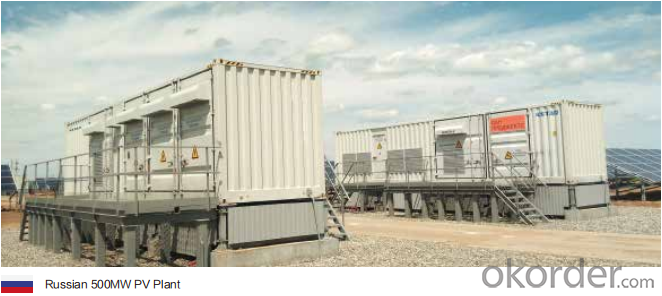
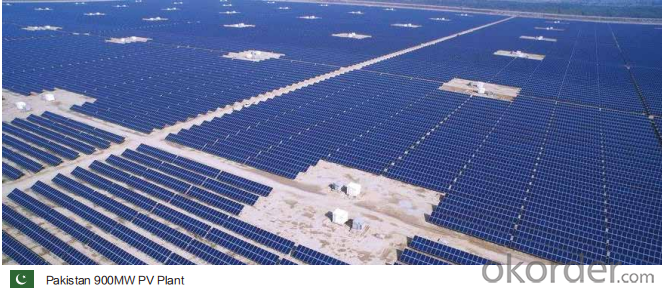


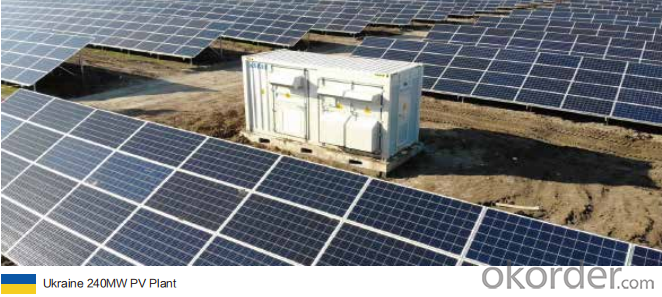
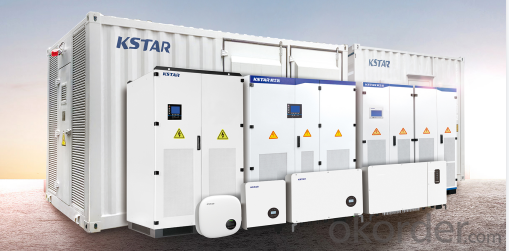
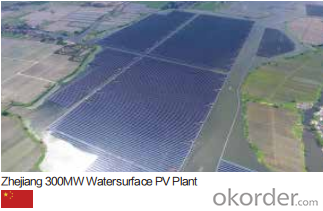
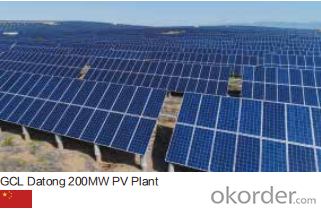
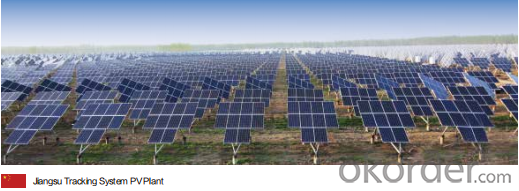
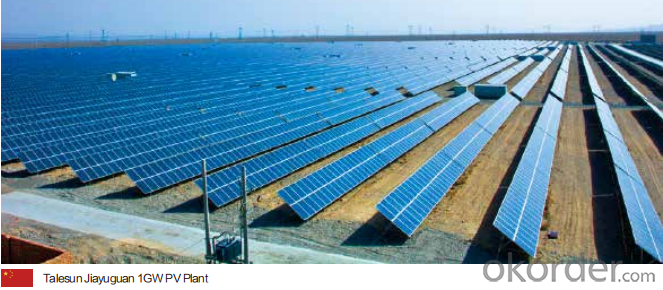
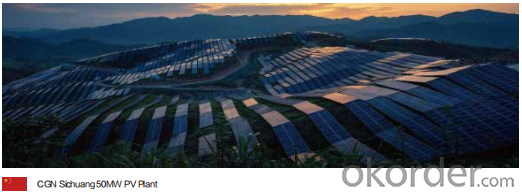


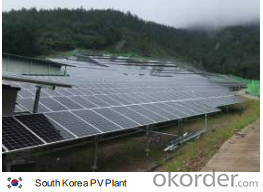
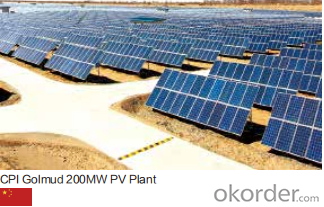

Production Process Photos:

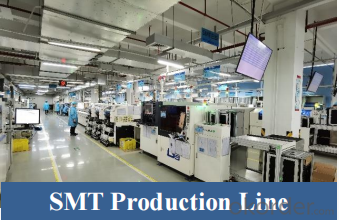
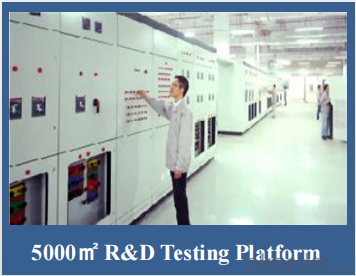
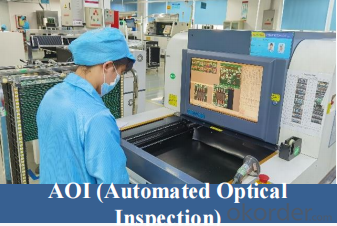
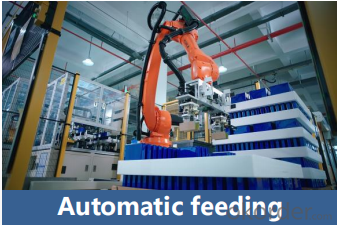
- Q:Can a solar inverter be used with a hybrid solar power system?
- Yes, a solar inverter can be used with a hybrid solar power system. A hybrid solar power system typically consists of both solar panels and a secondary power source, such as batteries or a diesel generator. The solar inverter converts the direct current (DC) power generated by the solar panels into alternating current (AC) power that can be used to power appliances and devices in the home or business. Additionally, the solar inverter can also manage the flow of power between the solar panels, the batteries, and the grid, optimizing energy usage and ensuring a reliable power supply.
- Q:How does a solar inverter handle voltage and frequency variations caused by grid faults?
- A solar inverter handles voltage and frequency variations caused by grid faults through its built-in protective mechanisms and control algorithms. When a grid fault occurs, such as a voltage dip or frequency deviation, the inverter quickly detects the change and adjusts its output accordingly. It regulates the voltage and frequency of the energy it feeds into the grid, ensuring it remains within the acceptable limits even during grid faults. This helps to safeguard the stability and integrity of the grid system and prevents any potential damage to the inverter or connected devices.
- Q:What are the different types of solar inverters?
- There are three main types of solar inverters: string inverters, microinverters, and power optimizers. String inverters are the most common and cost-effective option, where multiple solar panels are connected in a series and the inverter converts the DC power from the panels into AC power for use in the home. Microinverters are installed on each individual solar panel, converting DC power to AC power directly at the panel level. Power optimizers are installed with string inverters and optimize the output of each solar panel individually, ensuring maximum energy production.
- Q:How does a solar inverter handle voltage unbalance?
- A solar inverter handles voltage unbalance by continuously monitoring the grid voltage levels and adjusting its output accordingly. If it detects any voltage imbalance, it dynamically regulates the output voltage to balance the system. This ensures that the inverter operates within the acceptable voltage limits, prevents damage to the connected devices, and maintains efficient energy conversion.
- Q:How does the input voltage range affect the performance of a solar inverter?
- The input voltage range directly affects the performance of a solar inverter. If the input voltage falls below the minimum range, the inverter may not be able to convert the DC power from the solar panels into usable AC power efficiently or at all. On the other hand, if the input voltage exceeds the maximum range, it can potentially damage the inverter. Therefore, it is crucial to ensure that the input voltage remains within the specified range for optimal performance and longevity of the solar inverter.
- Q:What is the role of a reactive power controller in a solar inverter?
- The role of a reactive power controller in a solar inverter is to regulate and maintain the power factor of the inverter output. It ensures that the reactive power generated by the solar panels is properly balanced with the active power, thereby optimizing the efficiency and stability of the solar power system.
- Q:Can a solar inverter be used with different grid voltages?
- No, a solar inverter cannot be used with different grid voltages. Solar inverters are designed to convert the DC power generated by solar panels into AC power that matches the specific voltage and frequency of the grid. Using a solar inverter with different grid voltages can cause damage to the inverter and can also be a safety hazard.
- Q:Can a solar inverter be used in remote areas?
- Yes, a solar inverter can be used in remote areas. Solar inverters are commonly used in off-grid systems to convert the DC power generated by solar panels into AC power that can be used for various applications. These systems are particularly beneficial in remote areas where access to the electricity grid is limited or non-existent. By harnessing solar energy, a solar inverter can provide reliable and sustainable power to remote communities, powering homes, schools, clinics, and other essential infrastructure.
- Q:What is the role of a solar inverter in preventing electrical hazards?
- The role of a solar inverter in preventing electrical hazards is to convert the direct current (DC) electricity produced by solar panels into alternating current (AC) electricity that can be safely used in homes or businesses. It ensures that the electrical output from the solar panels is compatible with the electrical grid, reducing the risk of overloading or short circuits that can lead to electrical hazards such as fires or electrocution. Additionally, solar inverters have built-in safety features like ground fault protection and rapid shutdown mechanisms, which further minimize the chances of electrical accidents.
- Q:Can a solar inverter be used in a solar-powered desalination system?
- Yes, a solar inverter can be used in a solar-powered desalination system. A solar inverter is responsible for converting the direct current (DC) electricity generated by solar panels into alternating current (AC) electricity, which is required for the operation of the desalination system. By utilizing a solar inverter, the system can effectively harness solar energy and convert it into usable power for the desalination process.
1. Manufacturer Overview |
|
|---|---|
| Location | |
| Year Established | |
| Annual Output Value | |
| Main Markets | |
| Company Certifications | |
2. Manufacturer Certificates |
|
|---|---|
| a) Certification Name | |
| Range | |
| Reference | |
| Validity Period | |
3. Manufacturer Capability |
|
|---|---|
| a)Trade Capacity | |
| Nearest Port | |
| Export Percentage | |
| No.of Employees in Trade Department | |
| Language Spoken: | |
| b)Factory Information | |
| Factory Size: | |
| No. of Production Lines | |
| Contract Manufacturing | |
| Product Price Range | |
Send your message to us
Central Grid-Tied High Efficiency PV Inverter GSL1000 / GSL1250
- Loading Port:
- China main port
- Payment Terms:
- TT OR LC
- Min Order Qty:
- 50 pc
- Supply Capability:
- 15000 pc/month
OKorder Service Pledge
OKorder Financial Service
Similar products
New products
Hot products
Related keywords

